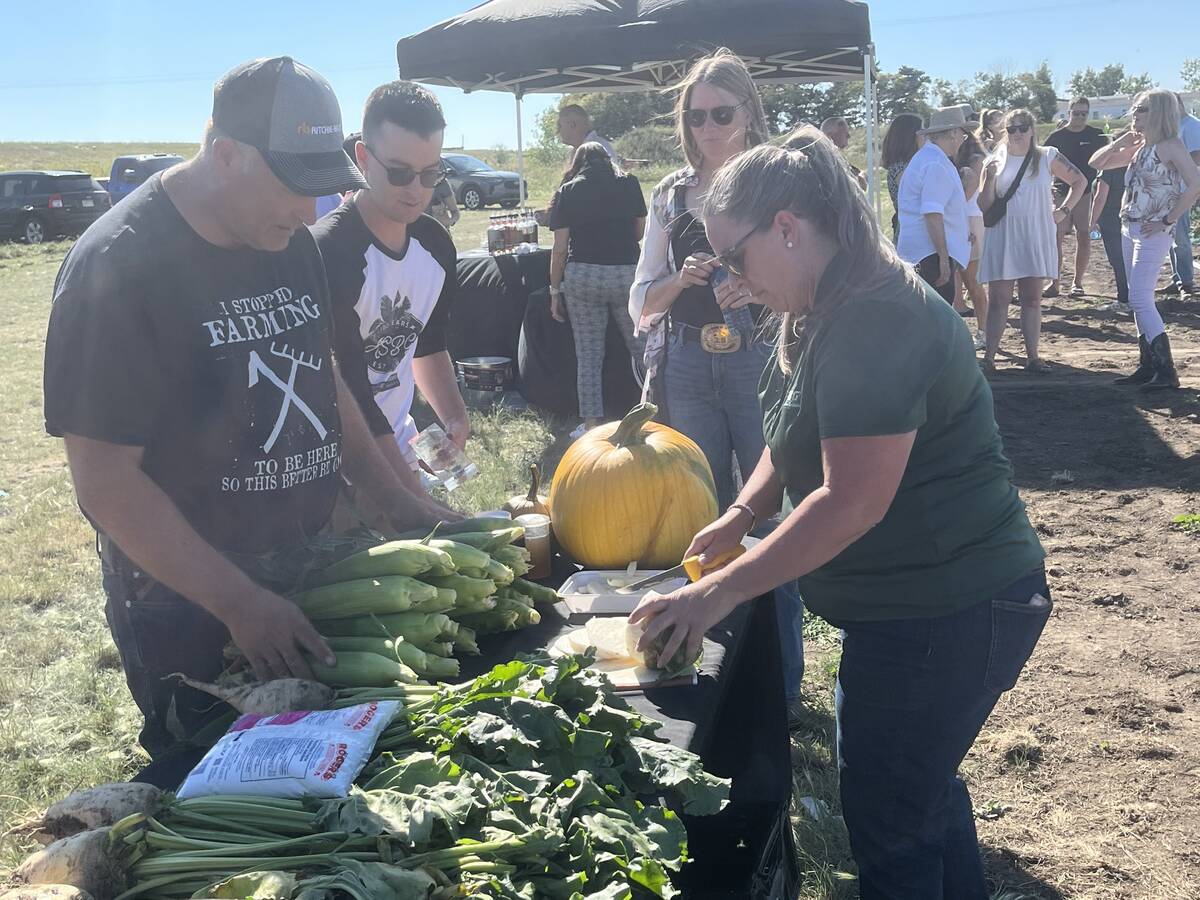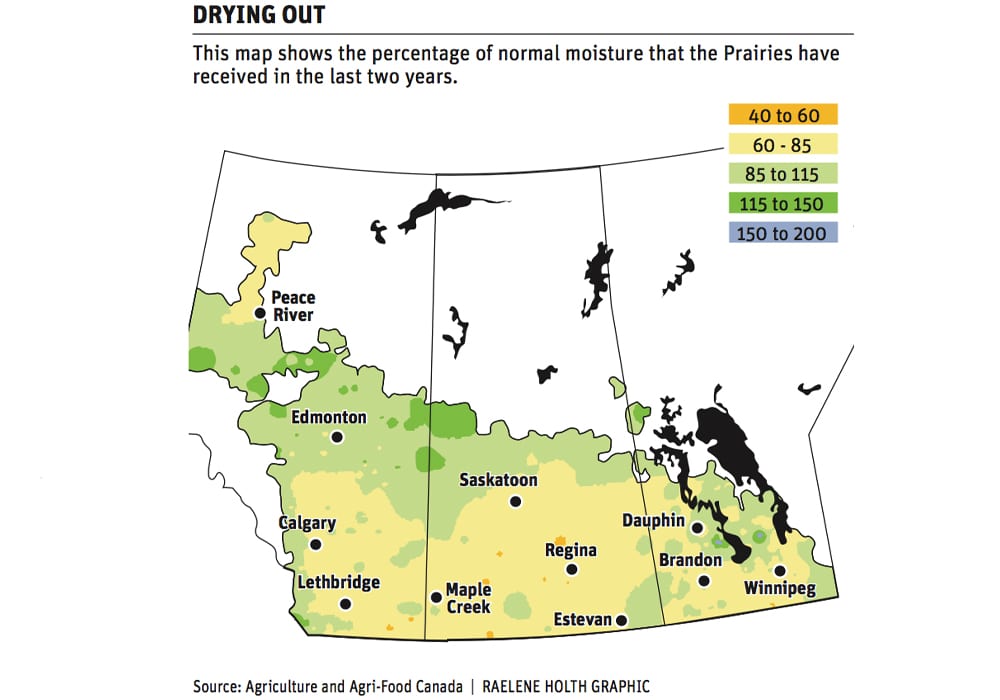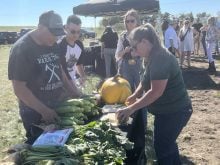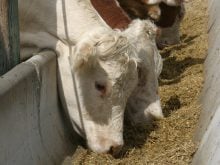Thanks to a rainy and snowy October, soil moisture conditions have improved across much of the Prairies.
While things are better, compared to a month or 60 days ago, many parts of Western Canada remain in a multi-year drought.
“Conditions have improved, is the short version,” said Patrick Cherneski, manager of the national agro-climate information service with Agriculture Canada.
“The intensity of drought has decreased.”
Going into freeze-up, drought conditions in Western Canada aren’t nearly as severe as they were last fall when many agronomists and farmers were worried about the 2018 growing season.
Read Also

Alberta farm lives up to corn capital reputation
Farm to Table Tour highlighting to consumers where their food comes from features Molnar Farms which grows a large variety of market fruits and vegetables including corn, with Taber being known as the Corn Capital of Canada.
“If you look at a map of drought in the fall of 2017, pretty deep intensities of drought,” Cherneski said from his Regina office. “Conditions are overall better than they were last (autumn).”
Things may have improved but an agro-climate map on the Ag Canada Drought Watch website, neatly tells the climate story in Western Canada for 2017 and 2018.
The map shows the percent of average precipitation for 730 days, from Oct. 31, 2016, until Halloween of 2018. Yellow dominates the map because most of Saskatchewan, the majority of Manitoba’s agricultural land and about half of Alberta is yellow, indicating 60 to 85 percent of normal moisture.
Across the Prairies, there are several regions where the multi-year drought has been particularly severe.
“The Interlake in Manitoba is quite a longstanding dry area,” Cherneski said. “There’s a fair corridor of drought from south of Edmonton into southeastern Alberta, and portions of southern Saskatchewan, including the area around Regina.”
In any drought, much of the focus is on cropland and crop yields but pastures, forage land and dugouts are also in rough shape.
In Manitoba, for example, forage land produced poor to fair hay crops in much of the province and pastures stopped growing in the summer because of a lack of rain in July and August.
“Some pastures have been overgrazed and will put producers in a tough position in the spring,” Manitoba Agriculture said in its final crop report of 2018, describing conditions in southwestern Manitoba.
“Dugouts and other natural water sources are still low and will require normal snowfall and runoff to replenish the resource.”
















